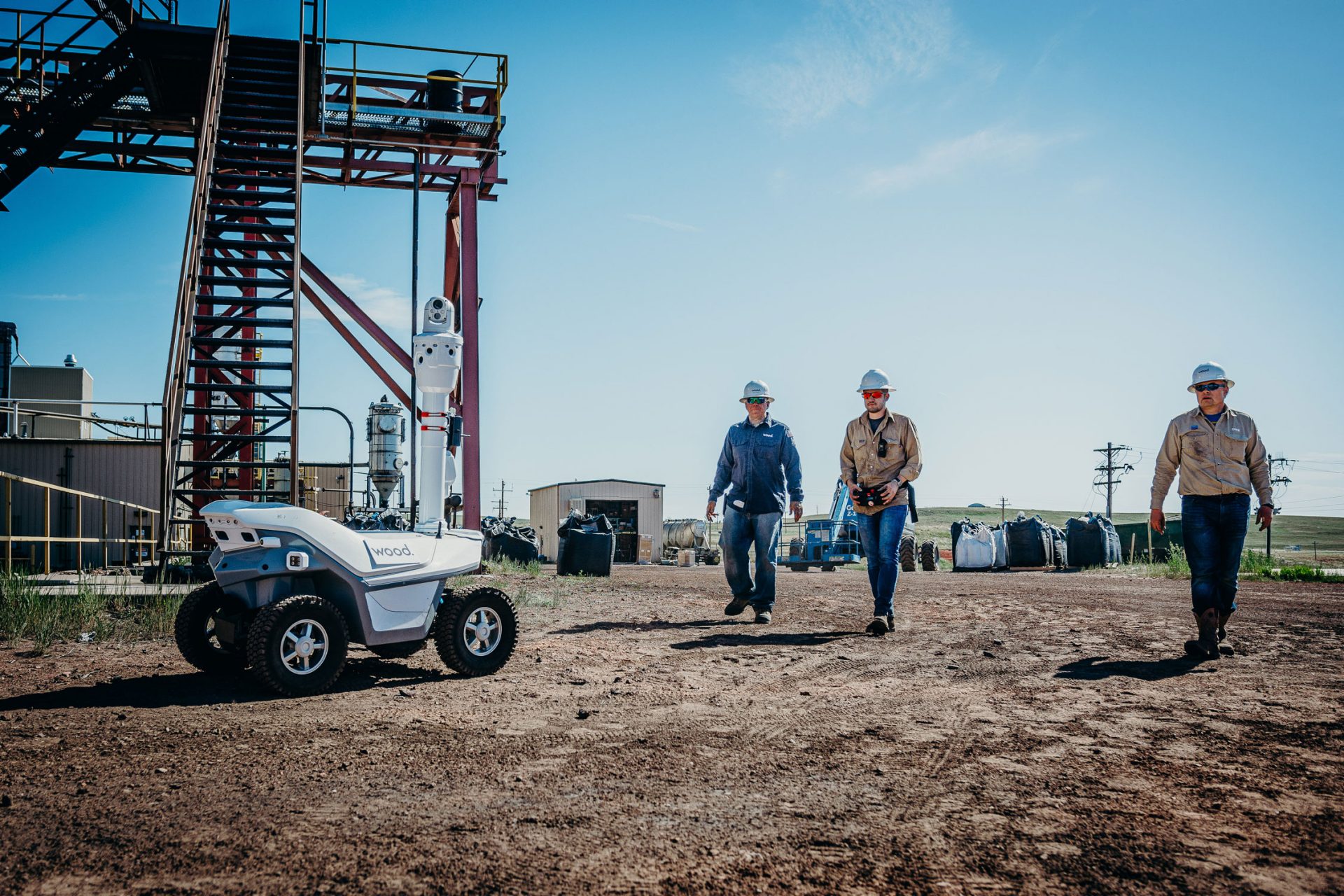Wyoming CarbonSafe Project Drills Second Exploratory Well At Dry Fork Station

Led by the University of Wyoming School of Energy Resources (SER) and in collaboration with Basin Electric Power Cooperative, a team of researchers and partners on the Wyoming CarbonSAFE Project recently began drilling a second deep test well for site characterization. Spudding of the test well near Basin Electric’s Dry Fork Station near Gillette began December 23 and the well is nearing completion.
“This second well will lead to valuable information to fully characterize a second carbon storage site in Wyoming — taking another step toward building a carbon capture, utilization and storage (CCUS) industry in the state,” SER Executive Director Holly Krutka said. “I am proud of the team in SER’s Center for Economic Geology Research and our project partners for their dedication in the adverse weather and over the holidays to advance this project.”
The U.S. Department of Energy-funded Carbon Storage Assurance Facility Enterprise (CarbonSAFE) initiative is to determine the suitability of the underground geological formations for commercial-scale carbon dioxide storage.
Phase 2 of the project investigated the storage complex feasibility with the drilling of a test well at the site and a 3D geophysical survey. The well was completed at a total depth of 9,873 ft, and 625 ft of core samples from nine different geological formations were collected for analysis, which has now been concluded.
“Results to date have shown that the geology located below the Dry Fork Station is suitable for commercial-scale geologic storage,” said Scott Quillinan, SER senior director of research.
The current project activities of Phase 3 are focused on finalizing the site characterization, well permitting and carbon dioxide capture assessment.
“There has been a tremendous amount of work that has brought us to this point,” Quillinan said. “There are a lot of pieces that had to fall into place that have been built off the complex analysis of data by SER scientists and our project team. As we continue to advance the project, we are grateful for the expertise and support found here in Wyoming.”
Adjacent to a first well that was completed in 2019, the new well allows researchers to gain data and fully characterize the geologic layers of the subsurface site, including the target storage reservoirs and the cap rock seals.
According to McLaughlin, the interim director of SER’s Center for Economic Geology Research (CEGR), the second well will allow the team to design a testing program to measure the response of injection — using water — within the formations. Additionally, the team will address some of the research questions that previous field activities presented.
“We are so fortunate to be able to drill a second well at the study site,” McLaughlin said. “For the long term, we propose that this is the best way to optimize the injection of carbon dioxide (CO2) in the three deep geologic formations that our technical team has characterized at the site. All of this will help us address remaining challenges for future commercial activities.”
To provide a full analysis of the site, other major ongoing activities include wide-scale baseline monitoring of soil gas, seismic activity and water samples.
“The detailed baseline analysis will allow us to differentiate between natural and anthropogenic CO2, monitor the migration of the CO2 plume and pressure front, and verify containment effectiveness,” said Charles Nye, CEGR associate research scientist.
A unique attribute of both wells is that they have been drilled and will be completed to meet Class 6 well construction standards and will likely become Wyoming’s first Class 6 CO2 injection wells for geologic storage.
Wyoming’s Department of Environmental Quality recently completed the permitting guidelines for Class 6 wells in the state, including both drilling a well and operating one. Additionally, this project will provide an open-book analysis of the Class 6 permitting process for all Wyoming stakeholders. The technical and regulatory team will publish the findings and results of drafting the Class 6 permits.